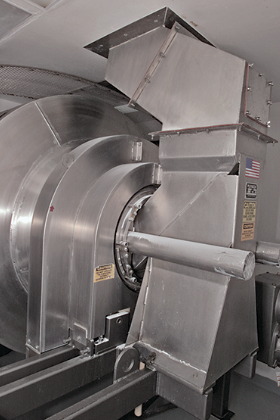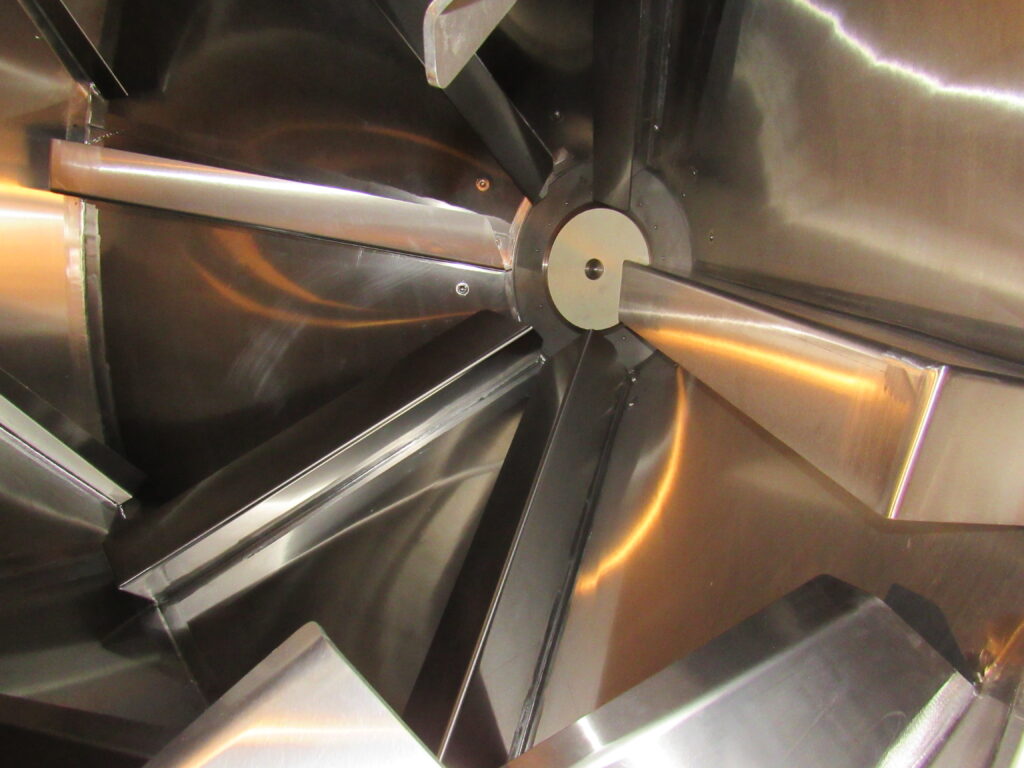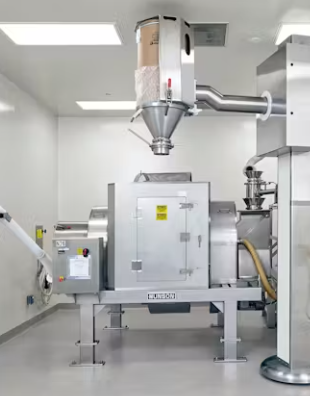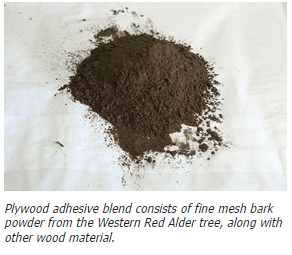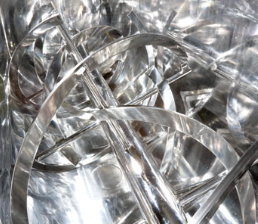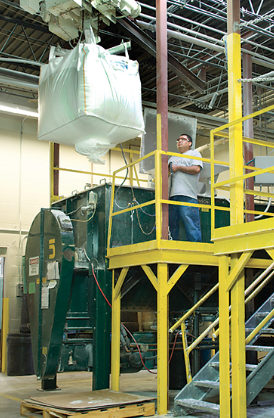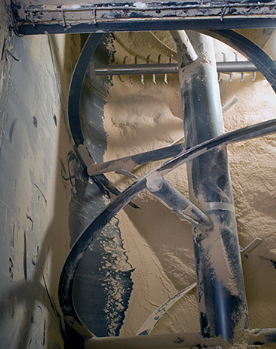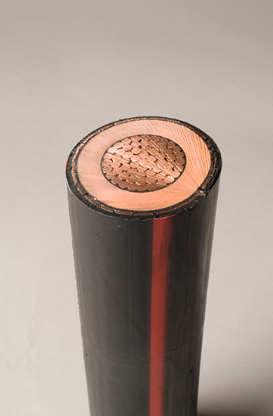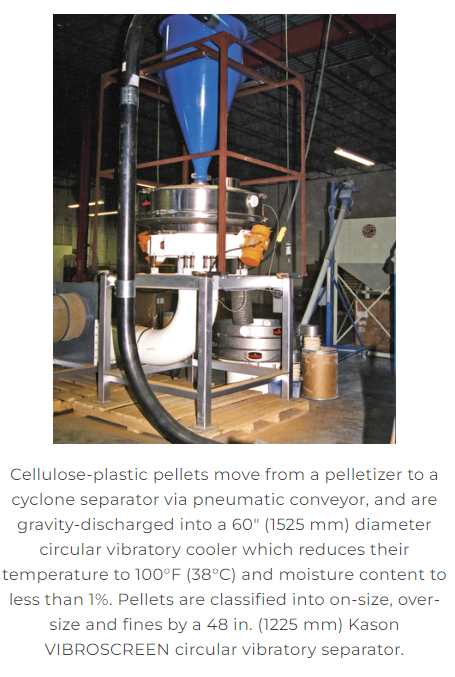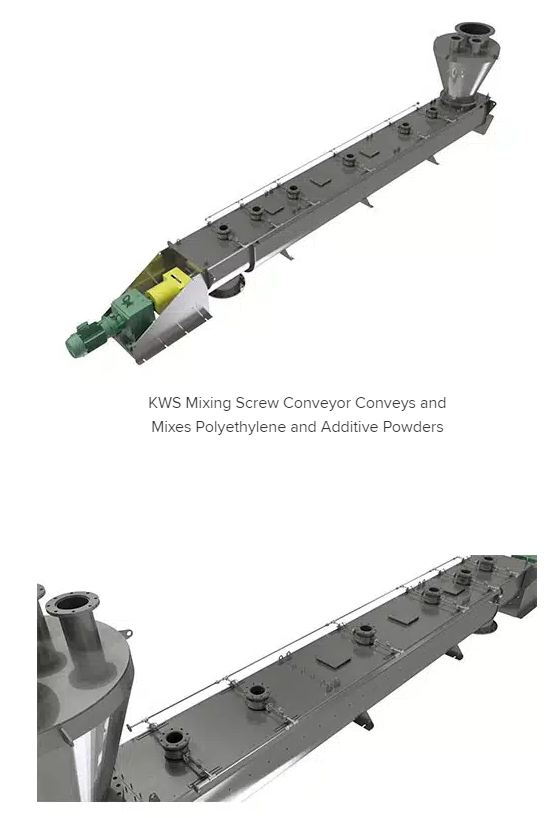Rapid blending of nutraceuticals in a restricted space
The rotary blender produces a homogeneous mixture while gently folding and tumbling the material, preventing product degradation. The unit’s internal mixing flights alternate in direction for “back flow blending,” an active, gravity-driven cascading of the material back and forth as it passes through the vessel, which is turning at low rpm. The resulting mixing action is said to preclude the product degradation and heat build-up associated with ribbon blades, paddles, or plows being forced through material contained in stationary mixing vessels.
Rapid blending of nutraceuticals in a restricted space Read More »

